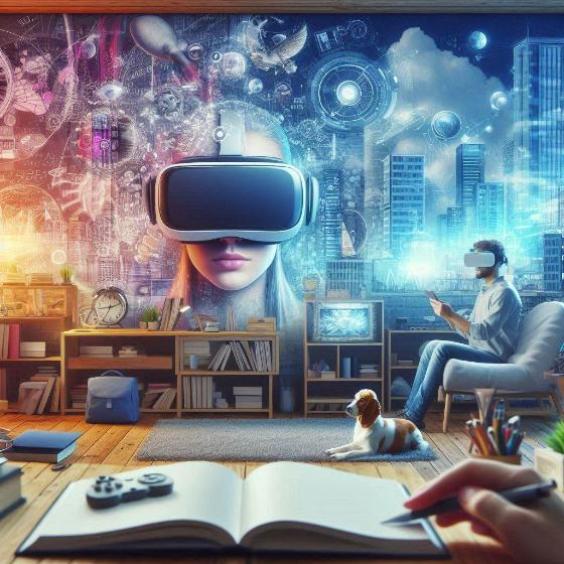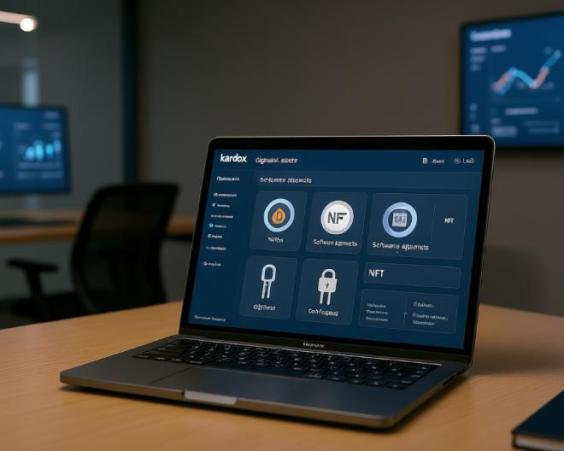The Role of Virtual Reality in Creating Brand Experiences
In the current digital age, brands are constantly seeking new ways to connect with their customers and create memorable experiences. One of the technologies that has gained popularity in recent years is virtual reality (VR). In this article, we will explore the role of virtual reality in creating brand experiences and how it can be used to improve customer connection.

What is virtual reality?
Virtual reality is a technology that allows users to immerse themselves in a completely immersive digital environment. Through devices such as virtual reality headsets or glasses, users can interact with virtual objects and environments in a realistic way. Virtual reality is commonly used in the entertainment, education, and medical industries, but it also has great potential in marketing.
Benefits of virtual reality in marketing
Virtual reality offers several benefits in marketing, including:
- Immersive experiences: Virtual reality allows users to experience products or services in an immersive and realistic way, which can increase excitement and connection with the brand.
- Personalization: Virtual reality can be customized to suit the individual needs and preferences of customers, which can improve the user experience.
- Interaction: Virtual reality allows users to interact with the brand in an active way, which can increase engagement and loyalty.
- Measurement of results: Virtual reality can provide precise data and metrics on the user experience, which can help brands measure the success of their campaigns.
Examples of virtual reality use in marketing
There are several examples of how brands are using virtual reality in marketing, including:
- Product trial experiences: Brands can create virtual product trial experiences that allow customers to try products in an immersive and realistic way.
- Virtual events and conferences: Brands can create virtual events and conferences that allow customers to attend and interact remotely.
- Interactive advertising campaigns: Brands can create interactive advertising campaigns that allow customers to interact with the brand in an active way.
- Virtual reality experiences in physical stores: Brands can create virtual reality experiences in physical stores that allow customers to experience products in an immersive and realistic way.
Challenges and limitations of virtual reality in marketing
Although virtual reality offers several benefits in marketing, there are also challenges and limitations that must be considered, including:
- Cost and complexity: Creating virtual reality experiences can be costly and complex, which can be a challenge for brands with limited resources.
- Accessibility: Virtual reality requires specific devices, which can limit accessibility for some customers.
- Privacy and security: Virtual reality can collect personal and sensitive data, which can be a challenge for brands in terms of privacy and security.
Virtual reality is a technology that can be used to create immersive and memorable brand experiences. Although there are challenges and limitations that must be considered, virtual reality offers several benefits in marketing, including immersive experiences, personalization, interaction, and measurement of results. Brands that are willing to invest in virtual reality can create brand experiences that connect with customers in an emotional and lasting way.





